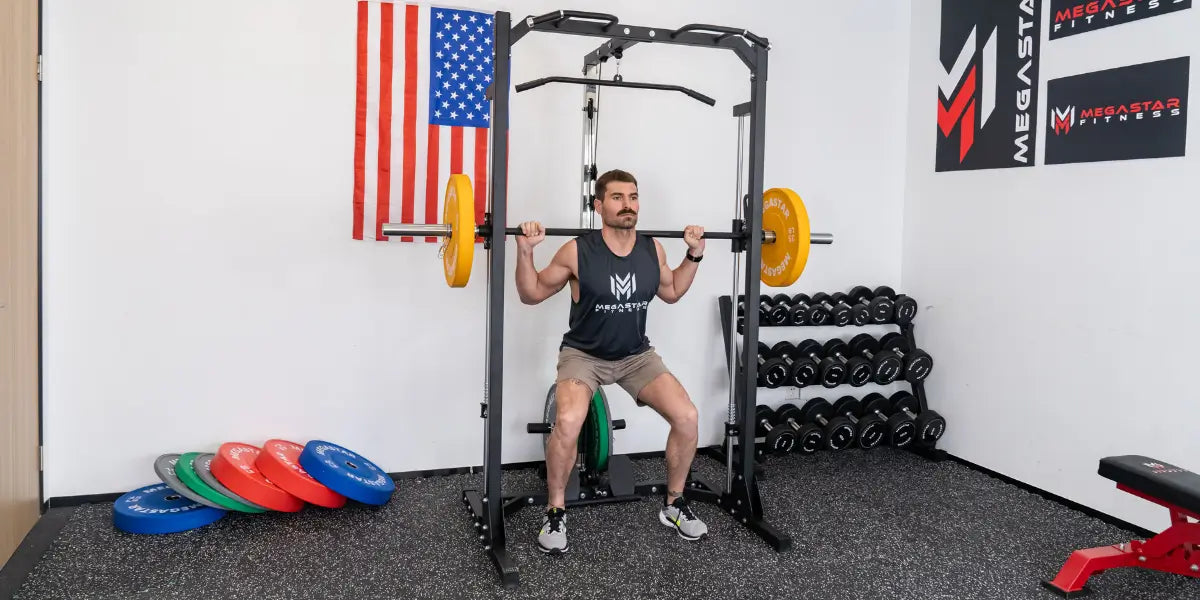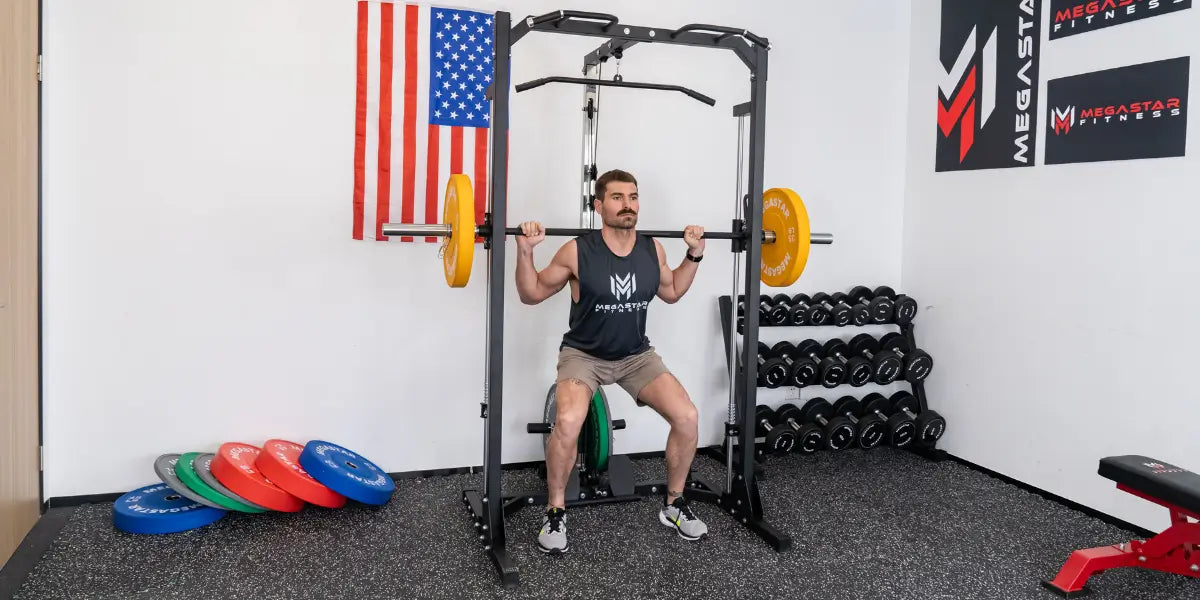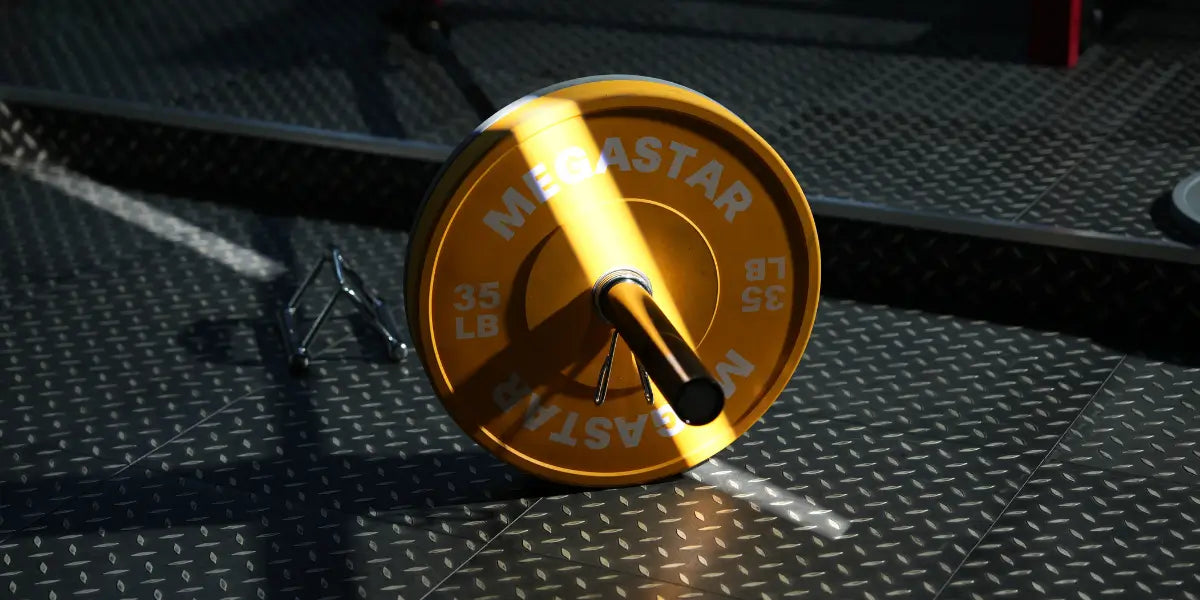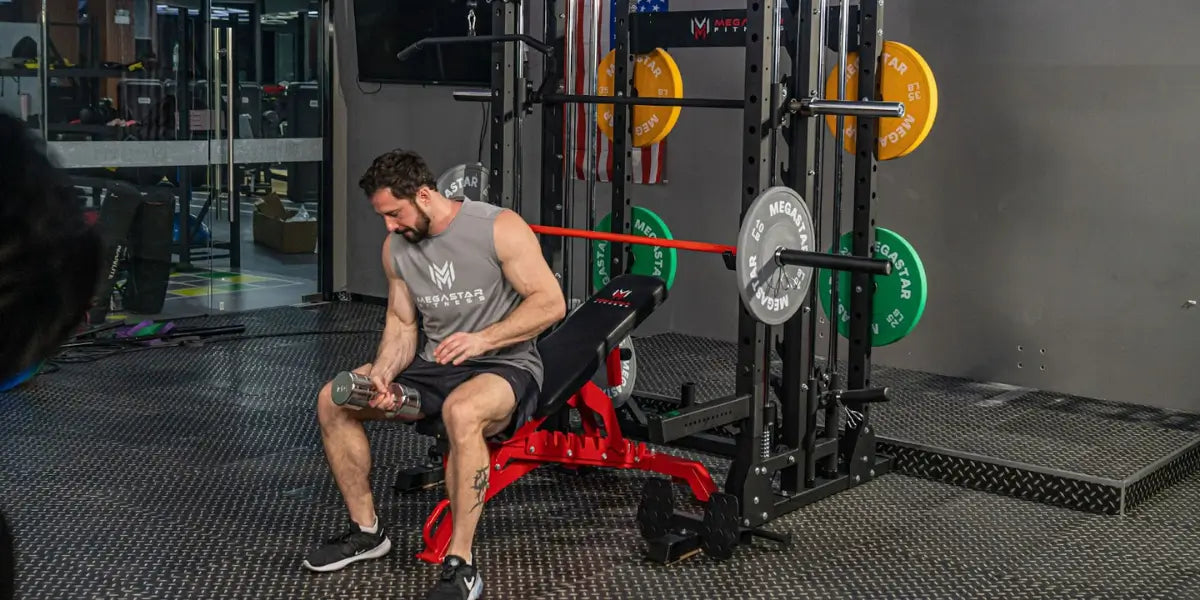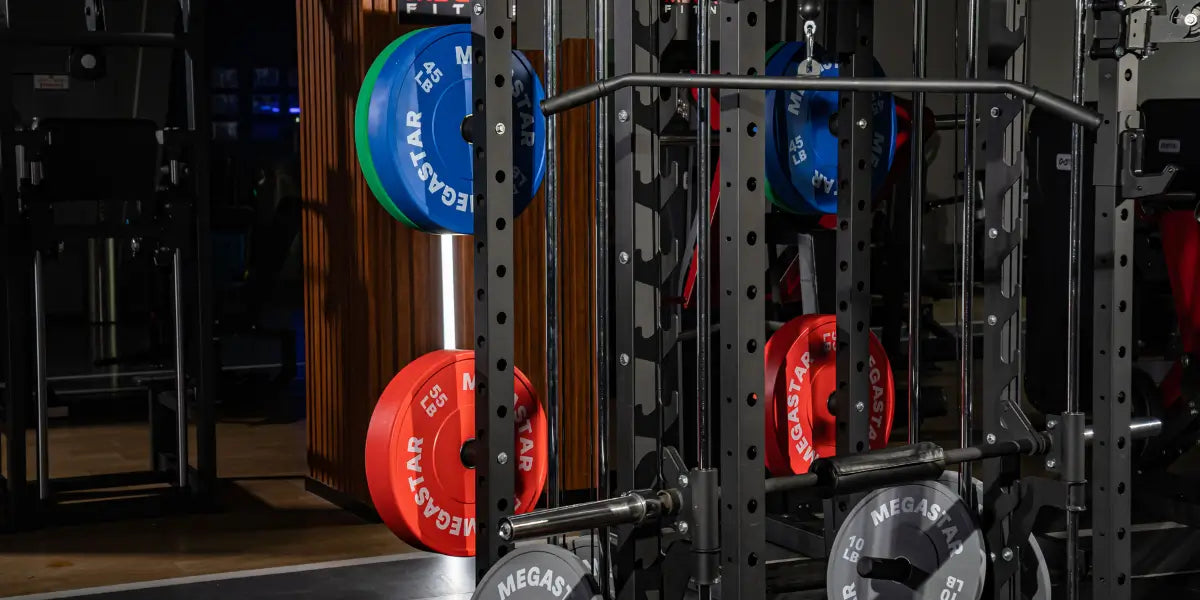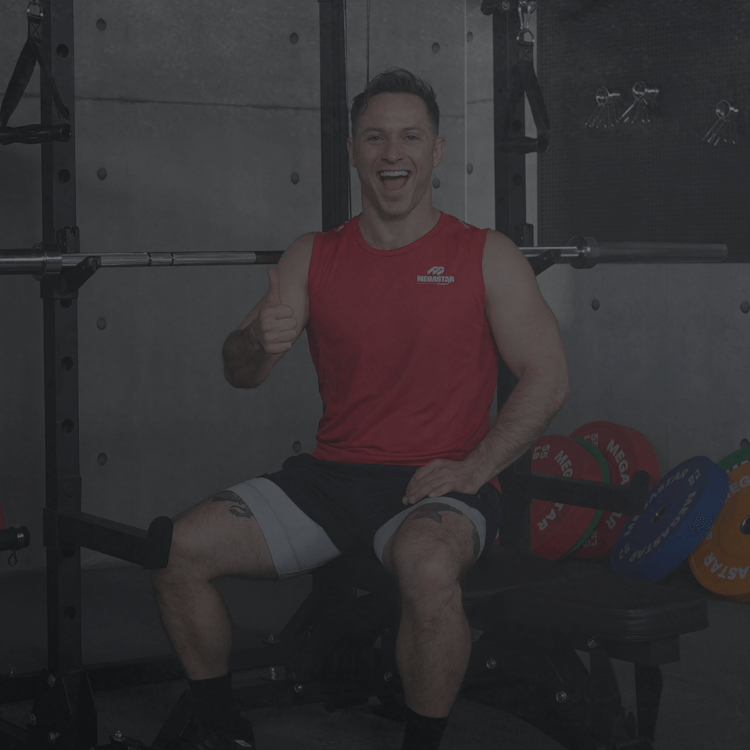To use a power rack like a pro athlete, focus on three essentials: safe setup, mastering key exercises, and gradual progression. By learning these, even beginners can train confidently, avoid injury, and build full-body strength effectively.
Understanding The Power Rack: Why It’s Essential For Strength Training
Consider the best Olympic weightlifters and powerlifters in the world, such as Hidilyn Diaz or Lasha Talakhadze. Behind their record-breaking lifts lies countless hours training safely and effectively with the power rack. This versatile equipment provides stability, safety, and confidence to push limits. The best part? You can train like these champions too, starting by mastering the basics outlined in this guide.
Common Challenges Beginners Face When Using A Power Rack
Feeling Overwhelmed By The Equipment Setup
Power racks have adjustable parts like Lever Arms and J-hooks (these are the hooks that hold the barbell before lifting). Even pros started by learning how to set them correctly. Small mistakes here can affect your safety and performance.
Fear Of Injury And Lack Of Confidence
Lifting heavy without a spotter can be scary. Olympic athletes warm up thoroughly and focus on perfect form to avoid injury — a mindset you should adopt from the start.
Not Knowing Which Exercises To Do
Many beginners stick to squats only. But the power rack allows you to perform many lifts safely — from bench presses to rack pulls. Knowing which exercises to pick is key.
Difficulty In Structuring Effective Workouts
Planning sets, reps, rest times, and progression can be confusing at first. Olympic athletes follow structured programs; beginners can benefit from similar templates.
Space And Equipment Limitations At Home
If you train at home, you might have less room or fewer accessories. Simple, compound lifts inside the rack can give you a full workout without extra gear.

How To Set Up Your Power Rack Safely And Effectively
Adjust Safety Bars Correctly
Set safety bars just below your lowest movement point for each lift — for example, just below your squat depth. This safety net catches the bar if you fail, preventing injury. Olympic lifters like Simone Biles use this method to lift confidently.
Position J-Hooks At The Right Height
J-hooks hold the barbell. Set them so you can unrack the bar smoothly without straining. Olympic bench pressers carefully adjust hook height for perfect control.
Use A Spotter When Needed
For heavy lifts like bench presses or squats, having a spotter is ideal. If alone, always use safety bars and avoid pushing beyond your limits.
Beginner-Friendly Exercises To Master Inside The Power Rack
Barbell Back Squats: Training Like A Champion
Olympic weightlifters perform deep, controlled squats to build power and stability. Stand feet shoulder-width apart, lower until thighs are parallel or deeper, then push through heels. Keep your chest up and back straight.
Bench Press And Overhead Press: Upper Body Power
Bench press develops chest and triceps, while overhead press strengthens shoulders. Olympic lifters use these to build explosive upper-body strength essential for lifts like the clean and jerk.
Rack Pulls: Strengthen Your Posterior Chain
Rack pulls are a partial deadlift starting from the safety bars. They build back and hip strength — critical muscles for Olympic lifts.
Essential Tips To Train Like A Pro Safely
Warm Up Like The Pros
Spend 10–15 minutes warming up with light cardio, mobility drills (hips, shoulders, ankles), and lighter sets of your exercises. Olympic athletes prioritize this to prevent injury.
Progress Gradually And Track Your Workouts
Start with manageable weights and perfect your form. Increase weight or reps by about 5–10% only when comfortable. Use a journal or app to track your progress like champions do.
Listen To Your Body
Stop if you feel sharp pain or discomfort. Distinguish between normal muscle fatigue and injury signals.
Use Mirrors Or Record Yourself
Check your form using mirrors or video recordings. This simple trick helps catch mistakes early and build good habits.

Structuring Your Power Rack Workout For Maximum Results
Sample Full-Body Beginner Workout Inspired By Elite Training
-
Barbell Back Squats: 3 sets of 8–10 reps (focus on depth and control)
-
Bench Press: 3 sets of 8–12 reps (maintain steady form)
-
Overhead Press: 3 sets of 8–10 reps (build shoulder stability)
-
Rack Pulls: 3 sets of 6–8 reps (strengthen hips and back)
Rest 60–90 seconds between sets. Quality always beats quantity.
Add Variety With Accessories
Use pull-up bars or resistance bands attached to your rack for extra exercises like chin-ups or band-resisted movements, adding balance without clutter.
Related reading:Best Home Gym Power Rack: A Buying Guide
Frequently Asked Questions (FAQs)
Do I Need A Spotter To Use A Power Rack?
Not always. Safety bars allow you to lift alone safely. However, a spotter is recommended for heavy or maximal lifts.
How Often Should I Train Using The Power Rack?
2–4 times per week is ideal, giving your muscles rest days to recover and grow.
When Should I Increase Weight?
When you can complete all reps with good form and feel ready, increase the load by 5–10% the next session.
Final Thoughts: Train Like An Olympic Champion
Olympic champions know that strength isn’t just about lifting heavy — it’s about smart training, proper technique, and safety. The power rack is their secret weapon to progress confidently and avoid injury. You don’t need to be an elite athlete to use these same principles. Start today with proper setup, focus on form, and progress gradually. Like the pros, your strength journey is built one smart lift at a time.

